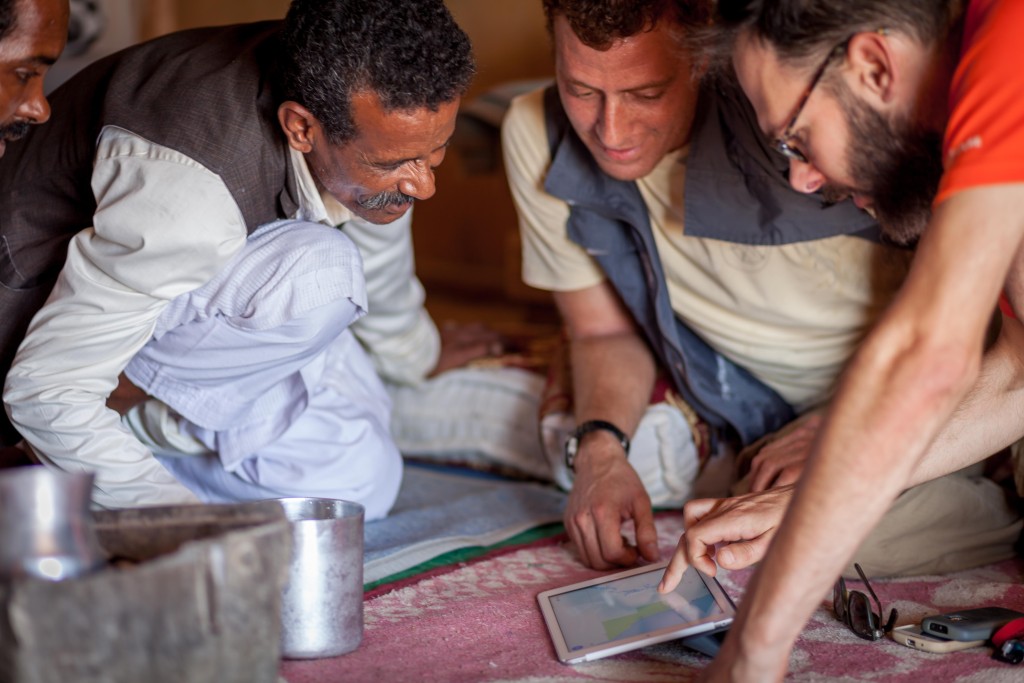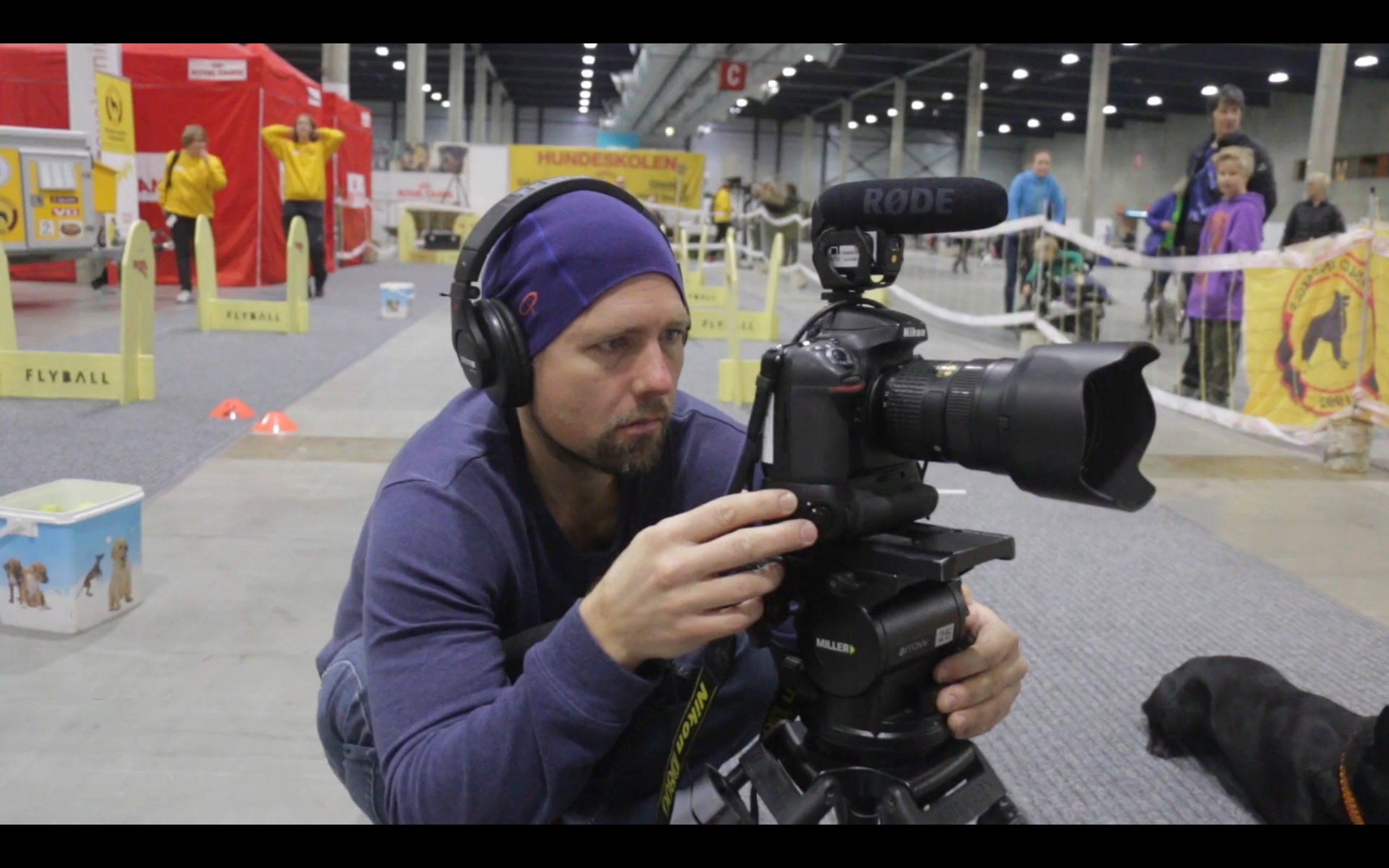How Dropbox helped re-inhabit No man’s land

Two years ago, Dr Noam Leshem began thinking about the concept of no-man’s land. For starters what defines No man’s land and what can we learn about unchartered land (No man’s land) from the communities that inhabit it?
Back in September, together with the Royal Geographical Society, Land Rover and Dropbox, he left the safe haven of the library setting off on a 6,000 mile expedition.
The purpose was to answer a simple question: what is No man’s land, and what does it mean to the numerous communities who live nearby?
Before setting out on his mission he needed to ensure the correct collaboration tools were in place to allow students to collate, collect and analyse content during the expedition, while also being able to share that content with classmates back at the university.
Not an easy feat in the education sector, according to Durham University’s Dr Leshem: “Higher education is still stuck in the 19th Century when it comes to collaboration – there is a very centralised and hierarchical structure to knowledge here. Our students don’t live in that world any more though, and what’s at stake for us is the risk of continuing with a 19th Century model in a 21st Century environment.”
The expedition had its challenges: as a university research project, Noam needed to guarantee content gathered during the trip would be secure. He was bound by various data privacy regulations on behalf of the universities represented, and people trusted him to protect their content. At the same time, he also needed to share content with the communities he discovered, to help build an answer to his hypothesis.
Earlier this week, we spoke to Noam to find out how he got on with his Dropbox enabled journey.
How much of the success of the project relied on having the right collaboration tools in place? “The history of exploration is full of technologies that went catastrophically wrong. For us it was important to find partnerships that made it not just new and innovative, but also easier and intuitive. The technologies that were available to us were not radically different to the things we do most of the time – they were enabling us to do what we ordinarily do on a daily basis but more easily and streamlined.”
What made Dropbox the perfect fit?
“First of all it was a matter of the ease of the collaboration. We were surprised by how hospitable Dropbox has been, to what was a quite radical idea, and how curious they were to hear more about what we were doing. The uptake of Dropbox had a lot to do with familiarity and learning to translate what we do at home – outside the office – into a work environment. That transition was much easier/more intuitive than expected as our team were familiar with and had previously used Dropbox. Dropbox was able to help us see what was already there.”
How were you using Dropbox in the field?
“We basically used Dropbox throughout our journey – whether it was to communicate with our students back home, and have them feedback on resources that we were collecting out in the field, or in the actual process of engaging with communities.
In Egypt for example we were out in No man’s land. We were sitting in a mud hut with a local tribe and trying to get some of their stories about the border zone but it was hard to explain to them where we were talking about. So Elliot our producer ran over to the car, got his tablet, opened the Dropbox account and started pulling out a series of maps. Suddenly there was that ‘ahha’ moment where we were able to use technology to create a conversation – we might not have identified this at the time as collaboration, but it was.”
Were you concerned about security?
“Accessibility was extremely important as we found ourselves in remote parts of Europe and Africa yet requiring constant access to our storage devices. But security was also a major concern – a lot of the data we collect is protected by ethic requirements that academics have to oblige by. That is one of our key obligations – to secure the data that is provided to us by various communities and individuals. They trust us.
That was a major hurdle for us to address and it was the first question asked by my department when I told them about our collaboration with Dropbox: they said, ‘is this data secure and safe? Because people are trusting you with their data and their stories’. We had to ensure that these things were really addressed in order to carry out our work and only when we were sure the data was secure, could we move forward with things.”
What advice would you give others?
“I would probably say familiarity, while not a necessity, is something I would highly recommend. When you are out there in the field you need to focus on getting things done in a relatively limited amount of time with limited resources. Having the ability to use platforms that don’t add on new luggage, but keep you integrated as smoothly as possible, is really important.”
Do you have plans to expand your use of Dropbox on other projects?
“Yes, we would love to. One of the things we are curious and excited about is open source social science. Usually we have small groups of people we meet with and ask their experiences – what if we could expand that to hundreds, thousands or even millions of people? And use cloud technology to invite people to contribute their own experiences – from central America, the Polar regions and other remote areas. Cloud technology enables us to think about how we can transform the methodologies of social science.”




